A total of 57 TTC subway stations out of 70 will meet the standards of 2005’s Accessibility for Ontarians with Disabilities Act (AODA) by the end of 2024 while the rest are expected to be completed after the province’s deadline, according to a TTC report.
The document, posted on TTC’s website Tuesday evening, is scheduled to be discussed at the board meeting Sept. 26. Fifty-four stations are said to be already accessible, and three more — Castle Frank, Donlands and Glencairn — are expected to join their number by the end of next year.
Nine stations’ accessibility renovations are scheduled to be completed within 2025, while Spadina, King and Warden are due to be completed within 2026.
The document says the TTC will develop a contingency service plan for the stations that do not have elevator access by Jan. 1, 2025. The measures may include bus or shuttle service to an accessible station, the report says.
“Any delay is really unacceptable, because these stations should have been accessible a long time ago,” said Shelagh Pizey-Allen, a spokesperson for TTC Riders, a membership-based group of transit users.
Pizey-Allen said there had been worries about the TTC meeting the accessibility target in the AODA, and this is the first time the TTC have confirmed the delays in a staff report.
She also raised concerns that the TTC’s contingency plan might be accessible on paper, but the reality will be “extremely frustrating.” A bus or shuttle service is likely to mean slower service — longer wait times plus transfer time — “so it’s in no way a replacement for a fully accessible subway station.”
In the report, the TTC staff listed a number of challenges they face in delivering the accessibility program. It’s stated that the majority of the stations that have been completed have been of a “less complex nature” than the ones that are yet unaltered. The volume of construction activity in the GTA has also put a strain on available of labour and services, the report adds.
“We still have a world-class city that doesn’t have accessible transit to a large number of people with disabilities. That’s terrible,” said Terri-Lynn Langdon who is a wheelchair user and transit activist.
Langdon — who lives near College station, which is currently not accessible — said she often wheels to Queen’s Park station to take transit.
“What’s so concerning is that the TTC has a plan to shift up to 50 per cent of current Wheel-Trans users onto the conventional system for parts of their trips. And so if the conventional system is not accessible by 2025, then that plan has to be stopped,” Pizey-Allen said.
Wheel-Trans has long offered door-to-door transportation to Toronto transit users with physical, cognitive, sensory and mental-health disabilities that make it difficult or impossible for them to use conventional transit, which was built with able-bodied people in mind.
But in recent years, the transit agency has begun offering trips called “Family of Services,” where Wheel-Trans users take conventional transit for part of their journeys.
A TTC spokesperson did not immediately respond to an emailed request for comment Tuesday night.
Source: Toronto Star

